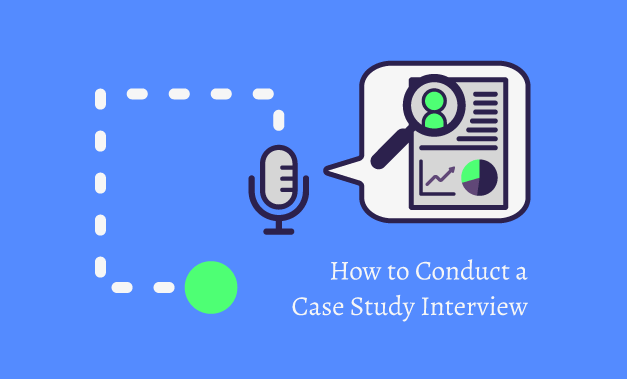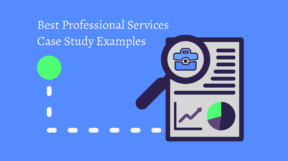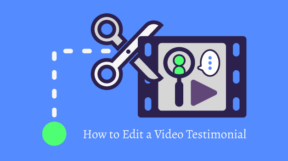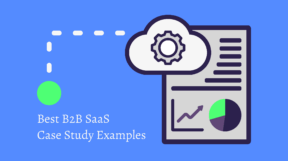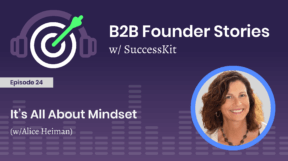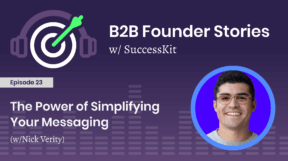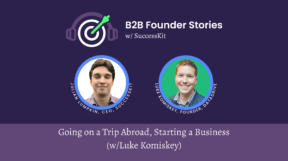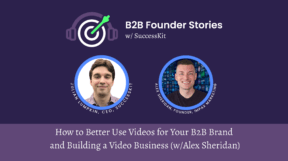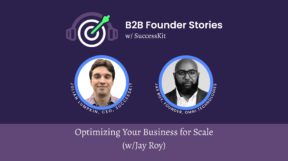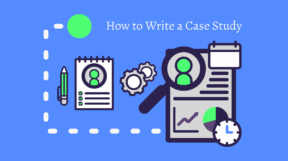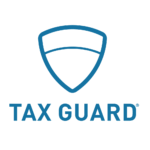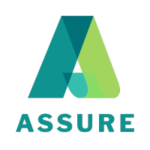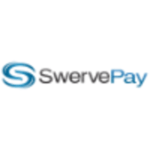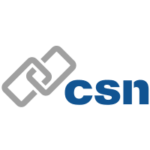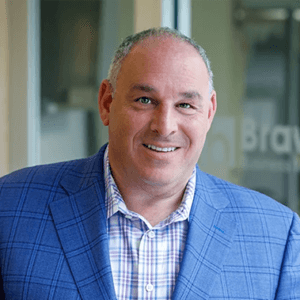In this article, you’ll learn how to conduct a Case Study interview.
In a previous article, we discussed how to thoroughly prepare before interviewing a Case Study subject. Interview prep is an absolutely essential step to ensuring that you have an excellent Case Study, so before you interview your subject, make sure you’ve gathered the following key pieces of information:
- Your company’s value to the client
- Key success metrics from the client
- Background information about the client from internal stakeholders
Following the interview prep is the interview itself. This article identifies each step of the interview with your Case Study subject. It also offers specific questions and strategies you can use so you end up with a high-quality, successful Case Study interview.
Watch the four-minute video version of this article here, or just read on!
Review Case Study Interview Prep
Prior to your interview, review all the key information you gathered prior to your interview. The information will help shape some of your interview questions.
If you have any questions about the information, talk to your internal stakeholders. But remember: You don’t need to know all the same in-depth details that the interviewee does. Part of a successful interview is getting the Case Study subject to simplify the problem and solution so that anybody could understand. You just need enough knowledge to represent your company well and be able to ask thoughtful follow-up questions.
Clarify and Confirm Expectations About the Case Study Interview
Once you start the call and conclude the initial pleasantries, you’ll want to take the following actions before the interview gets underway.
State the goal of the Case Study interview
The person you’re interviewing is an expert on the subject or situation and may have overly technical explanations that will alienate and confuse the common reader. Remind the person you’re interviewing that you’re not doing a deep dive into the details. Instead, you’re looking for a very simple overview of the problem the person had and the solution your client provided. Setting this expectation early will help ensure you get a compelling story from the interviewee.
Estimate the length of the Case Study interview
We usually tell our interviewees something like the following: “This should be a fairly quick and painless process. We’ll just ask you a few questions about your experience with ABC Company. This generally takes about fifteen to twenty minutes, and no longer than thirty minutes.”
Remind the interviewee that the call is being recorded
It’s always respectful—and in some states required by law—to let everyone on the call know you’ll be recording the conversation.
Inform the interviewee that he or she will have an opportunity to review a draft
People are often nervous during interviews and may be concerned they’ll say something wrong. Help put your interviewee at ease by reminding him or her at the beginning of the call that he or she will have a chance to review the Case Study draft before it’s finalized.
Confirm permissions given (or not given)
Getting permission prior to the call is a key part of the interview prep process. Still, it may be helpful to confirm or discuss the permissions given. We’ve found that people who, prior to the interview, said they won’t allow you to use their name or likeness will actually change their mind if you ask on the call. It never hurts to ask politely one more time.
Ask Questions About the Problem or Situation
The best way to approach your interviewee’s problem or situation prior to receiving your company’s solution is to ask, “What was it like before working with us?”
Asking this question is going to reveal some surface-level issues. However, your job is to dig deeper.
When your interviewee refers to a problem, ask more questions about it. Ask what having those problems meant for the business, its bottom-line, and its employees in their day-to-day work.
As an example, if the interviewee says that the business’s content management system kept crashing, ask, “What problems did that cause for your team?”
As you ask these questions, you’ll uncover more in-depth problems, which is perfect—you’re effectively setting up your company’s solution.
Ask Questions About the Solution
You want to really connect the problems your interviewee had with the solutions your company provided.
Here are some great set-up questions to ask:
- How does your team use our product?
- In what ways does using our product change your day-to-day operations?
- How is this an improvement for you?
Asking these questions will get your interviewees excited about the solution provided. It usually doesn’t take much to connect the dots of how your company solved their problems.
Ask Questions About the Results
The ideal Results section is stuffed with specific metrics that demonstrate how your solution improved their business. If you have metrics like this, ask your interviewee questions like, “How did our product help save you fifty hours of work per month? How has that helped to improve your business/your day-to-day life?”
Clients often don’t have specific metrics to share, though, but this is okay. As a workaround, ask opinion-based questions instead of asking the interviewee to elaborate on metrics. For example, try something such as “I know you don’t have specific numbers for growth, but how does our product help you to grow as a company? Has it made you more efficient?”
While the responses aren’t as powerful as solid numbers in a results section, the interviewee will often provide strong quotes, which are a great substitute.
Conclusion
By following the steps outlined above, you’ll put your Case Study subject at ease and keep your interview focused on the issues. You’ll also collect all the pertinent information you need to write a solid first draft of your Case Study.
If you need further help writing your Case Studies, reach out to us at [email protected].
